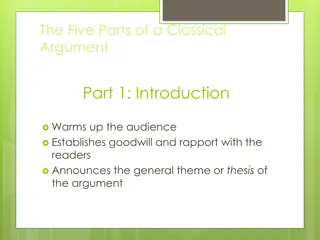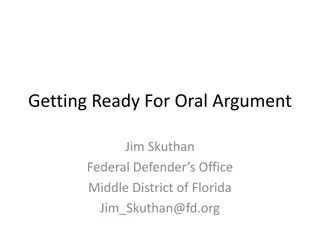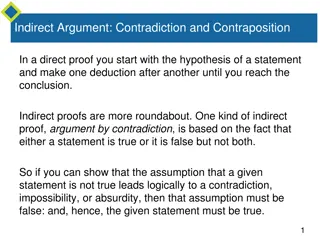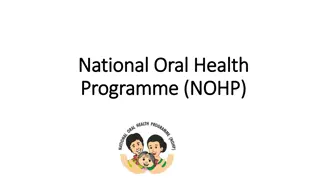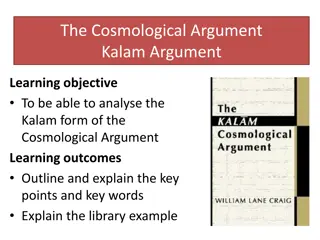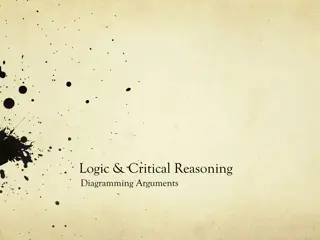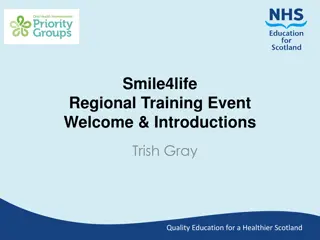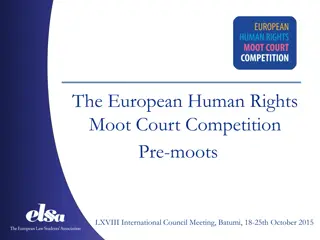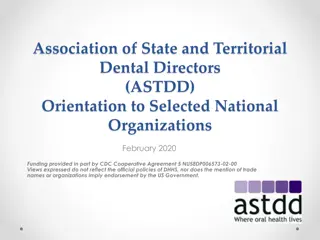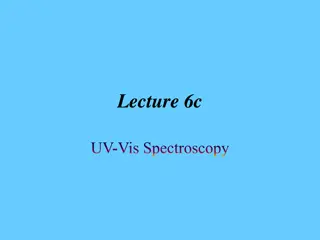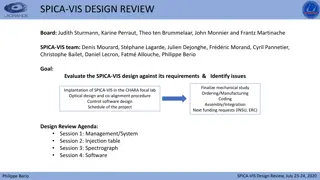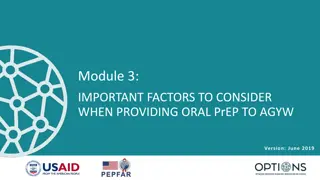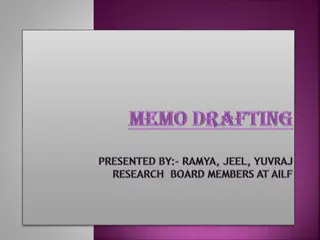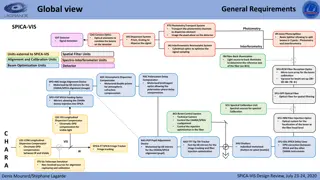Winning Oral Argument at Vis Moot: Components & Strategies
Learn the crucial components of a winning oral argument at Vis Moot, including creating an attention-grabbing introduction, clear roadmap, and strong conclusion. Discover effective strategies to captivate arbitrators and effectively present your case.
Download Presentation

Please find below an Image/Link to download the presentation.
The content on the website is provided AS IS for your information and personal use only. It may not be sold, licensed, or shared on other websites without obtaining consent from the author.If you encounter any issues during the download, it is possible that the publisher has removed the file from their server.
You are allowed to download the files provided on this website for personal or commercial use, subject to the condition that they are used lawfully. All files are the property of their respective owners.
The content on the website is provided AS IS for your information and personal use only. It may not be sold, licensed, or shared on other websites without obtaining consent from the author.
E N D
Presentation Transcript
Seventh Annual Middle East Vis Pre-Moot Training 1
Preparing for Oral Argument, Part II INTRODUCTIONS, ROADMAPS, AND CONCLUSIONS
Components of Oral Argument A winning oral argument at the Vis Moot has 3 necessary components: 1. 2. 3. An attention-getting introduction; A clear roadmap; A strong conclusion. Arbitrators look for all three things, and will dock points if one is missing.
The Introduction The Introduction should answer a very important question: Why are we here today?
The Introduction In answering the question, create a hook or theme : A Hook is a critical part of any introduction; It is an opportunity to tell your client s story and appeal to the Arbitrator s sense of justice, humanity, fairness, logic, or whatever it is that you use to frame your client s story, and the argument to follow. Examples of very effective hooks might include a simple metaphor, a succinct retelling of the facts in your client s favor, or allusion to a common fable or parable. Creating a good hook and weaving it into your Introduction is difficult, and will require a lot of practice.
The Roadmap Immediately after delivering your Introduction (with your hook!), you should state your Roadmap. The Roadmap is: A simple and direct statement, briefly announcing the order in which you will present your arguments.
The Roadmap Use the Roadmap to: Alert the Arbitrators to your intentions (what you will argue); Provide them with a clear statement of your arguments; Prevent any confusion about which issues you are addressing and when you will be addressing them. *Important Note: Your argument might be brilliant, but it won t matter if you lose the Arbitrators along the way. Providing them with a Roadmap allows them to follow you more easily, and remember the finer points of your argument.
The Roadmap Keep it very clear and simple. Speak slowly when you deliver the Roadmap The Arbitrators will very likely write it down as you deliver it. Keep it short. 1-3 sentences is all you will need. Example: First, I will demonstrate why the Claimant/Respondent _______. Second, I will show why the Claimant/Respondent _______. Finally, I shall explain why the Claimant/Respondent ______.
The Roadmap After delivering your Roadmap, pause for 5-10 seconds and wait for the Arbitrators to write down what you ve just said before beginning your argument. Tip: wait until all three Arbitrators have looked up at you.
The Roadmap Signals and Signposts In addition to your main Roadmap, it is sometimes necessary to provide miniature roadmaps along the way for complex arguments or issues. Example: There are three reasons this Tribunal should find for my client on the following issue. First, _____; second, _____; and finally, _____. I will discuss each in turn. Once you have delivered a Roadmap or Signal, it is important that you follow your own directions so that the Arbitrators do not get confused.
The Conclusion There is a very simple rule for delivering a strong, well-structured argument: Tell them what you re going to tell them, Tell them that thing, And then tell them what you told them.
The Conclusion Without a strong conclusion summarizing your argument and stating your request for relief, your argument will fall flat. A strong conclusion should: Summarize your case; Reference the hook from your introduction (i.e., tie it all together); State the request for relief. If the Arbitrators remember only one thing from your entire presentation, it should be your conclusion.
The Conclusion Rule of Thumb: The Conclusion should restate your introduction, and should include the request for relief. Keep conclusions relatively simple and memorable. If you have run out of time: Simply state the request for relief. Example: Mr/Madame Arbitrator, I see that my time has run out, and therefore I will conclude simply by requesting that you dismiss the claims for damages against my client. Thank you. Always thank the Arbitrators.


